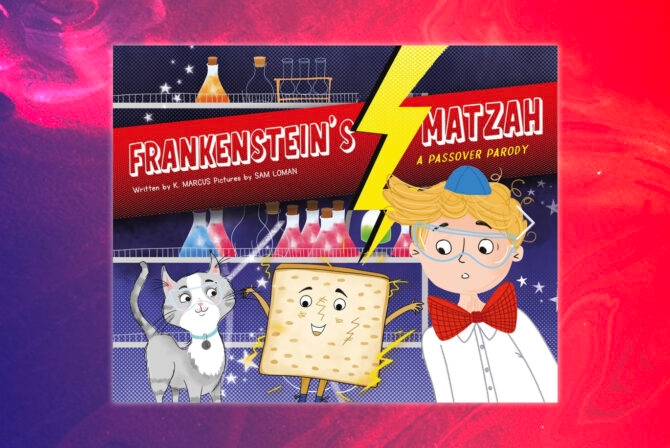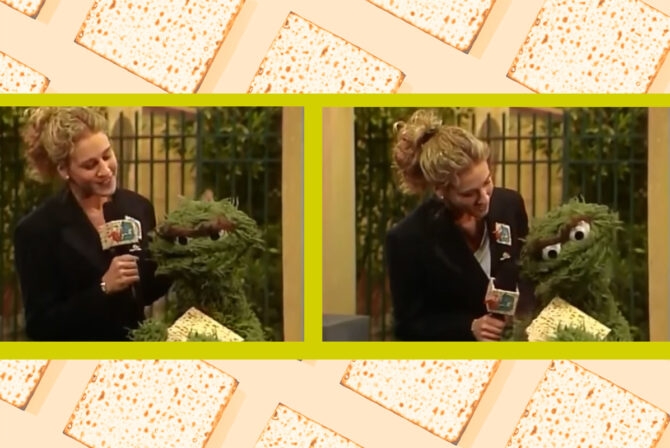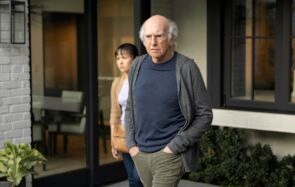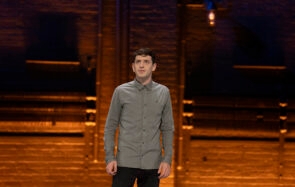What Makes a Baby, a picture book “about where babies come from,” is written and illustrated in a way that is sensitive to children and parents who found one another via the traditional route (i.e. sex!), or those families which came to be via reproductive technologies, surrogacy, or adoption. The pictures and language are gender neutral and the message is one of inclusivity and openness.
I got a chance to catch up with author Cory Silverberg, who is also a sexuality educator, over email recently, and asked him a few of our–ahem–burning questions.
OK. So what, exactly, does your work as a sexuality educator entail?
I write about sexuality each week for About.com. Part of my time is spent teaching and leading workshops, mostly for professionals and sometimes for regular people who want to know more about some aspect of their sexuality.
What are some of the most common sex-related questions parents ask you?
It depends on the age of their kids. Mostly parents want to know what they should say and when. But they also want to know how to respond to things like kids touching themselves in public, kids asking questions that push the parents’ boundaries (often having to do with what kind of touch is okay and where). And these days parents want to know how to deal with their kids seeing sexual images on YouTube, on TV, in magazines, etc…
A really tricky area [for parents] is when kids are acting out things they see but don’t have any clue what they’re doing. For example: a kid sees a music video or picks up on the lyrics of a popular song, and comes dancing into the kitchen one day saying “I’m so sexy” and doing what they call their “sexy dance” which usually involves wiggling their hips and sticking out their bum, and doing what they see grown ups doing in music videos. Of course these kids have no idea what the word sexy means to adults or even the implication of what they are doing. And parents often don’t know how to respond. There’s nothing wrong with kids dancing and having fun. You don’t want to stop them from dancing. And you do want to teach them that their body is theirs. But you also probably don’t want them going around talking about themselves as sexy and mimicking adult sexual performance. I’m writing about this now for the second book in the series.
 When did you realize this book needed to be written?
When did you realize this book needed to be written?
As a child I knew the books that were out there didn’t fit for me. In my case it wasn’t the baby making part that didn’t fit. I was made the old fashioned way, just like they tell it in most books for kids about where babies come from. But I didn’t see myself in any of those books, and once I figured out that I wasn’t literally an alien, I knew there was something missing. [But] I realized the need [for this book] more clearly when my friends started having kids. I’m lucky to have lots of kids in my life that came into the world in an amazing range of ways (from adoption and surrogacy to donor insemination and more). These kids (and their parents) deserve stories that reflect their lives.
Most children’s books don’t even account for daddy’s role in raising kids, let alone families where there are two dads, two moms, one parent, adoptive parents, etc. What Makes a Baby allows for conversations about all of those permutations. But have you discovered any situations that wouldn’t be treated by your book?
First I want to just say how right you are. The invisibility of dads in most books for kids is unbelievable and such a problem. And when the dads are there, they are usually presented as lovable but useless. It’s a strange message to convey. I hear about this from dads often. It often starts during the pregnancy. People will say to the pregnant partner things like, “You’ll get no help from him,” or, “He’ll be useless during the delivery.” It’s bizarre and offensive.
In terms of this book, I spent a lot of time with adoptive parents to make sure the story resonated for them, but I still feel that in some ways, when it comes to talking about making babies, they still have the biggest struggle. The truth is that often the adoption story has some really difficult parts to it. Parts that you aren’t going to share with a very young child. But you need to start somewhere and I wrote What Makes a Baby to be a gentle, respectful, and hopefully fun, place to start that conversation.
Why do you think so many of us shy away from using the biologically appropriate terminology for our sexual organs (My girls use the words “tushies” and “pee pees.” I don’t correct them and I have no idea why!)
Well if you aren’t a sex educator (or a urologist or a gynecologist) how often are you saying the word “penis” or “vulva”? We’re uncomfortable with those words because most of us were raised to believe they were bad or dirty words, and in any case they remain foreign to us.
I’m actually not adamant about parents insisting their kids learn and use clinical names for their body parts. Language is diverse and complicated and I’m not such a fan of policing it by saying this term is good and this other one is bad. What is more important to me is that they have a name for each of them. “Down there” isn’t good enough. From a health perspective we want kids to know that they have these different parts so if some part hurts, or if someone touches them in a way that makes them uncomfortable, they can tell us.
Sometimes parents don’t want to hear this part, but the truth is that if you want to raise sexually healthy kids, meaning kids that go on to grow up and have an enjoyable sex life, teaching about the names of body parts is kind of crucial. Although again, I wouldn’t say that those names have to be clinical ones.
I love the last page of the book that ends with the question, “Who was waiting for you to be born?” Why did you choose to end the book that way?
That idea grew out of a conversation with a woman who adopted her daughter on her own. We were talking about how long she waited for this baby, this baby she didn’t know but she spent literally years imagining. That act of imagination is an act of love. And it is no less powerful or important than the parent who is pregnant and waiting nine months for their child to be born. Most of the time we give all the credit to parents who get pregnant and deliver their children. I wanted to end the book in a way that honors all parents who love their kids regardless of the role they had in the biological baby making part. This question brings all of that into the room, and gives parents a way to celebrate their child and the family without saying that one way of making a baby or a family is better than another.
You’re currently writing two other books in this series. What will the other two books be about?
The next book will be for kids roughly 7 and up, and it will cover naming body parts, good touch and bad touch, masturbation, gender and sexual orientation, family make up, and it will go into a lot more detail about reproduction. Oh, and we’ll talk about what sexy means! The third book is for kids 10 and up, and it will start to touch on puberty, a little bit about friendships and relationships, and cover some of the same material as in the earlier books, but with more detail that older kids can handle.
Do you have a sex-related parenting question? Leave them in the comments below for a chance to get an answer from Cory in a follow-up post.







